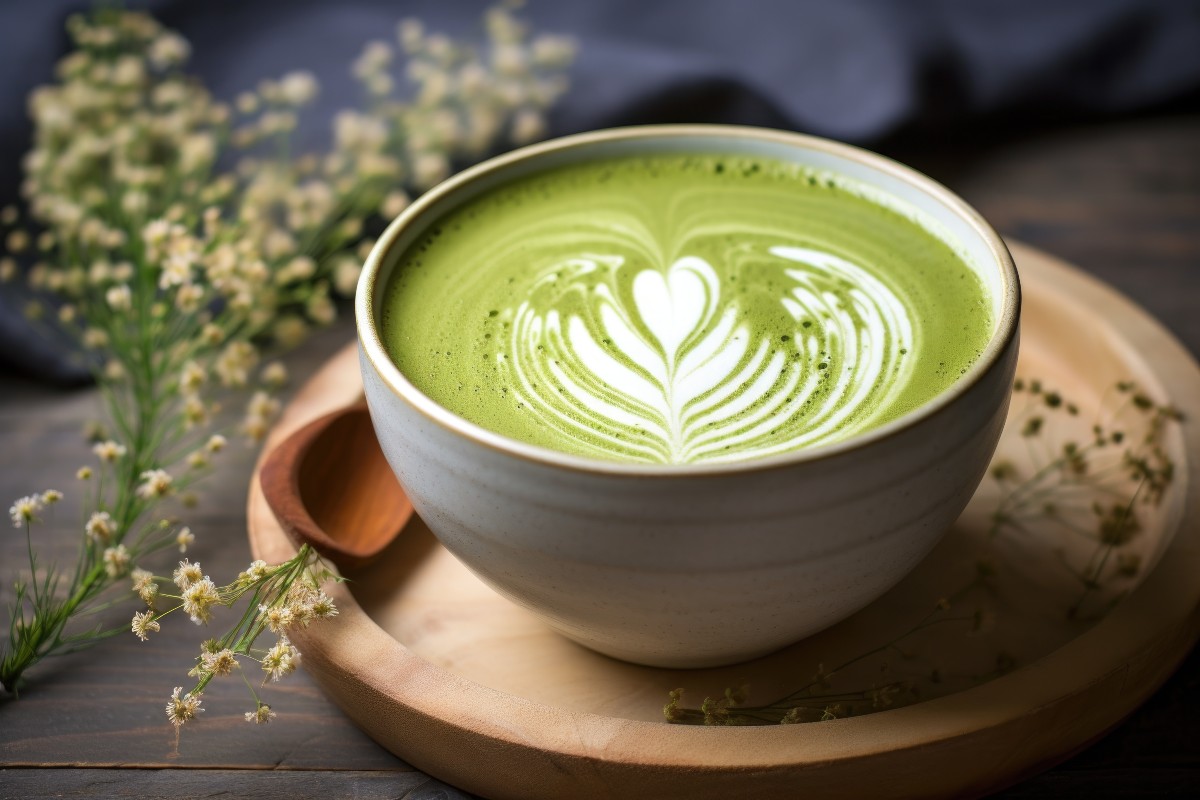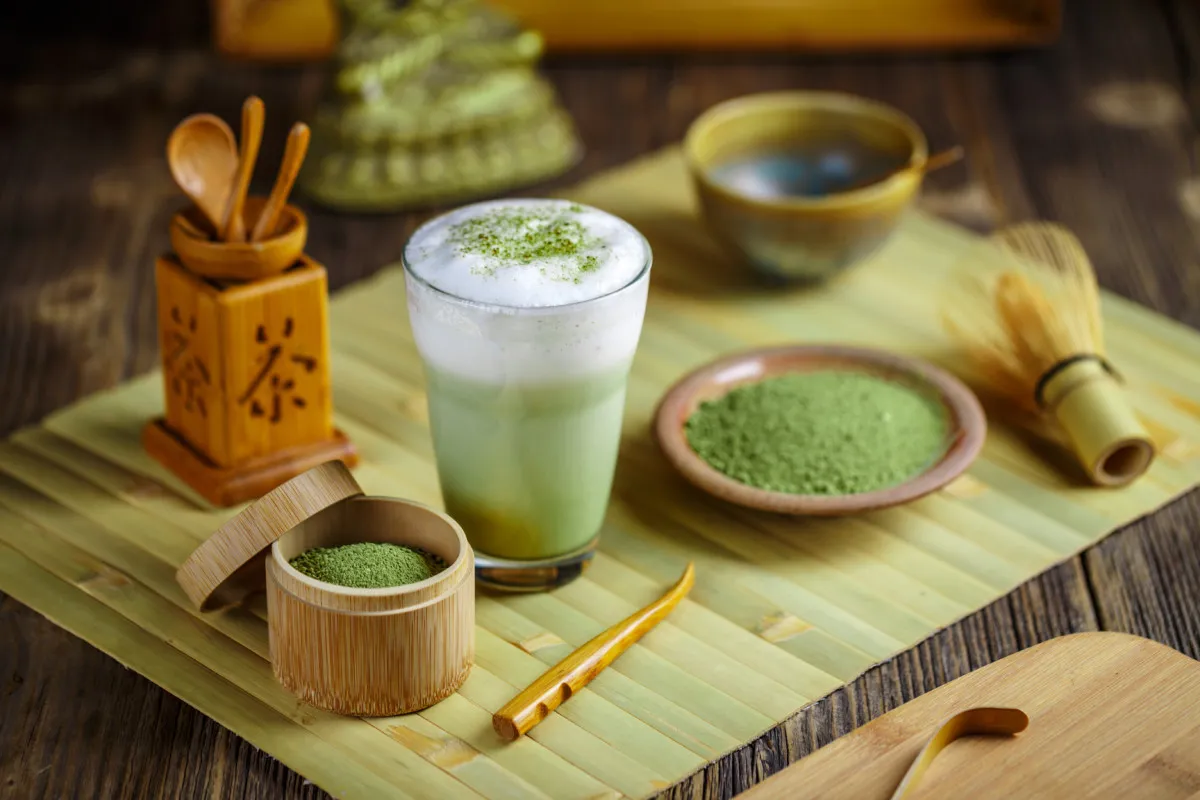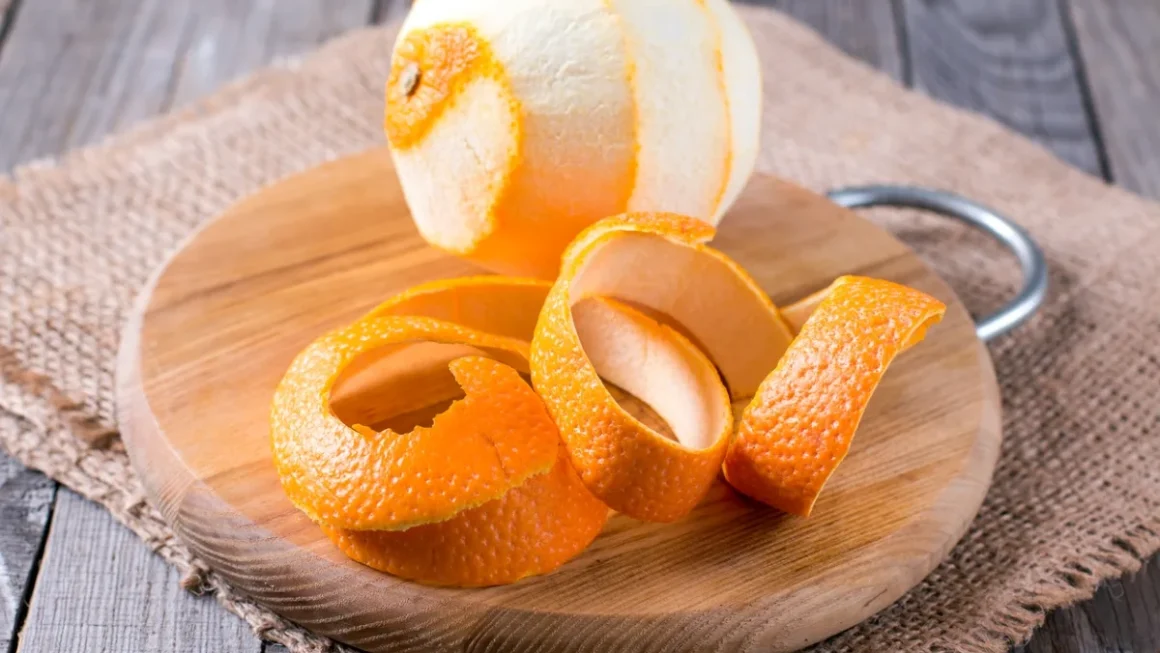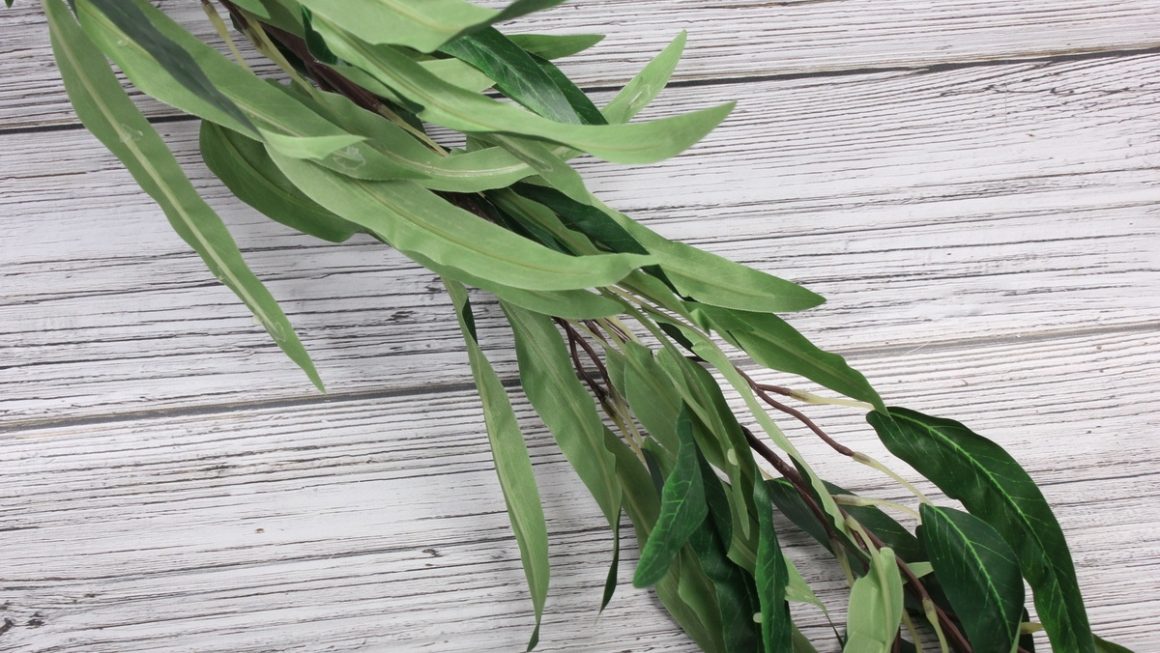From sacred drink to trendy product, matcha is experiencing an identity crisis. Long a symbol of harmony and purity in Japan, it is now being used in banana smoothies and protein lattes, at the risk of losing its soul.
Japanese matcha, long reserved for tea ceremonies codified around four principles – wa, kei, sei and jaku (harmony, respect, purity, tranquillity) – is now a victim of its own success. Having become a star ingredient on TikTok and in trendy cafés, it is now being mixed into banana lattes and protein smoothies, targeted by counterfeiters and denatured by unscrupulous industrial practices.
” It’s like the Wild West,” sums up tea merchant Sebastian Beckwith, whose company In Pursuit of Tea has been importing matcha to the United States for over twenty years, for the New York Times. On Amazon and Facebook Marketplace, opportunistic merchants resell boxes at extravagant prices, while others sell poor-quality powders in packaging that imitates the big Japanese brands.
Among the victims is the venerable Marukyu Koyamaen, founded in 1704 in Uji, which has been fighting counterfeits for eight years. Its president, Motoya Koyama, a direct descendant of the founder, confides: ‘Some counterfeits contain green tea powder of very low quality. If customers think these products come from us, it would be a terrible blow.’
The paradox is cruel: while there is talk of a global shortage, matcha has never been so visible on the streets of New York, Paris or London. Everyone has their own matcha and their own way of preparing it. However, many baristas use industrial concentrates mixed with unlikely flavours – banana cake, tiramisu – which make purists shudder.
Originally, however, matcha was a rare product: only 6% of tea crops in Japan were devoted to it. The leaves are sheltered from the sun for several weeks before harvesting, then slowly ground between two millstones. But over the past five years, its global popularity has exploded, and Japan now exports more than half of its production. In the United States, sales have jumped 86% in three years.
Everyone is going green
This frenzy has opened the door to all kinds of abuses: misleading labelling, abusive marketing practices, etc. In the absence of regulation, powdered tea produced in Australia or Kenya can now be sold under the name matcha. A giant like Starbucks sources its supplies from China and Korea as well as Japan.
Rona Tison, ambassador for the Japanese brand Ito En, warns: ‘There are many different colours of matcha, and this is a real problem for manufacturers. There are no regulatory standards.’ On the shelves, the original bright green sits alongside brown, black and even white tones. This visual distortion reflects the chaos surrounding this market.
This disorder does not seem to be slowing down the big brands. This autumn, Starbucks launched three matcha protein drinks, and the Blank Street Coffee chain even removed the word ‘Coffee’ from its logo: half of its sales now come from matcha. In Manhattan, every street corner seems to advertise vanilla lattes or Mega Matcha smoothies enriched with spinach; in Paris, some bakeries have even gone green.
Back to basics
Faced with this onslaught, a few players are attempting to rehabilitate authentic matcha and the ritual that accompanied it. In Brooklyn, Japanese retailer Kettl is opening a shop dedicated to the art of tea this month. Behind sliding doors, guided tastings will be offered. ‘It’s an artisanal product, like wine, says founder Zach Mangan. Producers are under enormous pressure: their goal is not to be trendy, but to preserve a tradition.’

This tension is accentuated by the rarity of the product. The first spring harvest, whose leaves offer the best quality, cannot keep up with demand. ‘There is a real shortage of this first harvest,’ explains Hannah Habes, founder of Matchaful, whose New York cafés exclusively use matcha from a single Japanese farmer. According to her, sourcing directly from producers remains the only way to ensure a quality product.
Lovers of fine tea all agree: pouring high-end matcha into a latte is a huge waste. ‘It’s like using a great Burgundy to make sangria,’ says Zach Mangan ironically. For Motoya Koyama, diluting this tea with fruit or sugar is not only a gustatory heresy, it is an affront to the Japanese culture of chado, ‘the way of tea’, which is based on moderation and respect for the product.
Ann Abe, director of the Urasenke Cultural Centre in Los Angeles, points out: ‘In the tea ceremony, nothing should be wasted. Seeing matcha turned into an exotic ingredient leaves me with mixed feelings. It’s good that people are interested in it, but most don’t understand what’s behind a bowl of tea.’
Her compatriot Rona Tison, whose great-grandmother taught chado, shares this sense of amazement at the matcha craze. ‘I could never have predicted it,’ she says. ‘Who would have imagined that the ancient tea of our ceremonies would become a global phenomenon?’




